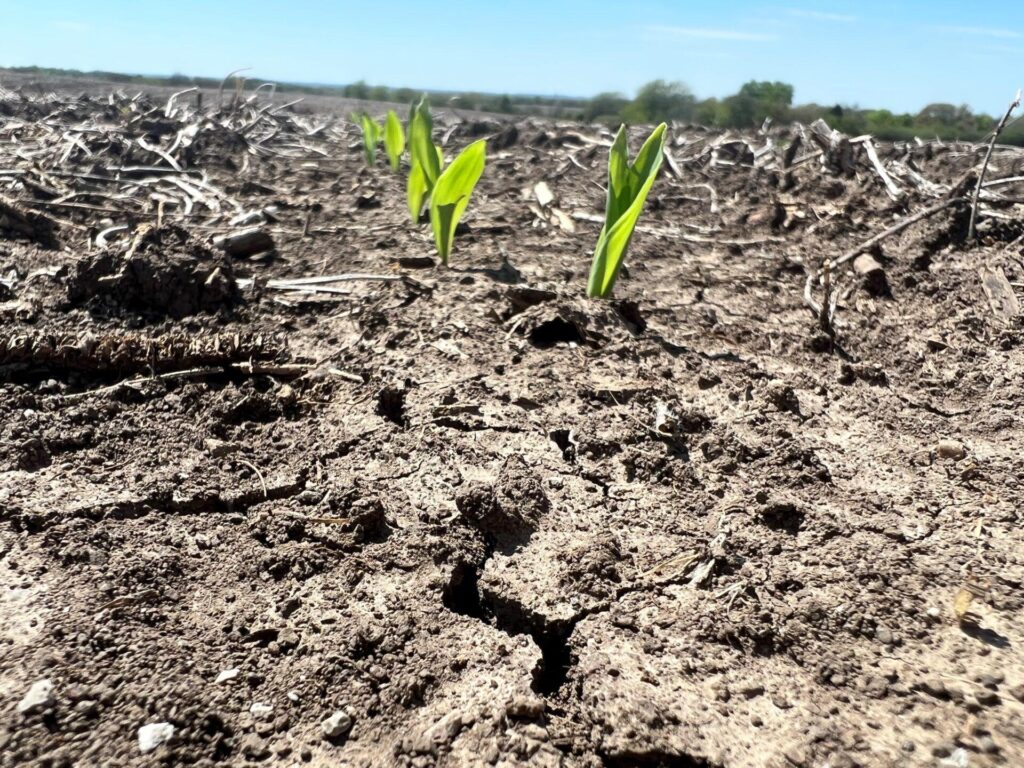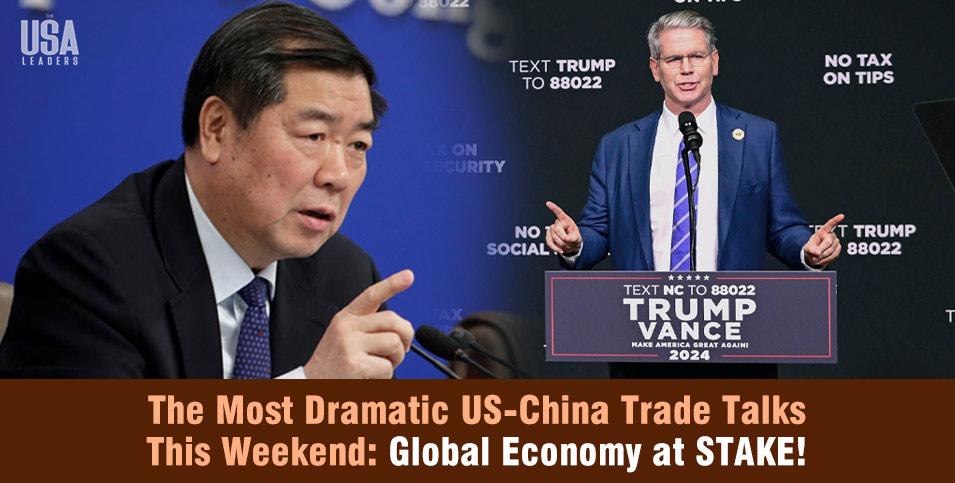Soybean farmers across the American heartland are staring down a situation that feels part déjà vu, part slow-moving train wreck. Tariffs imposed during years of political friction have left scars. Even as news cycles flutter to fresher controversies, those who work the land can’t forget a market shift that’s changed everything from acreage decisions to after-church gossip.
Not so long ago—2018—a torch was thrown into global grain trading when trade disputes surged between Washington and Beijing. Overnight, U.S. soybeans became less welcome in their most voracious destination: China. In practical terms? Exporters faced a 10% baseline duty layered with another 10% retaliatory tariff, alongside assorted import duties totaling up to 14%. Sometimes it seems like tariff math is as convoluted as Midwestern weather predictions.
The effects weren’t confined simply to numbers in an Excel spreadsheet or text blips on Wall Street terminals. Farmers watched export values plunge, with some estimates registering up to three-quarters vaporized in thin air during that single year. While hands were wrung and press releases issued, Brazil quietly hitched its wagon and plowed ahead—increasing soybean output and scooping up demand from Chinese buyers burned by American tariffs. That echo hasn’t faded; some producers argue this competitor surge has inflicted “irreparable” bruising on U.S. agriculture.
A fresh growing season often brings hope—or at least new headaches—but for many currently preparing fields peppered with last year’s crop residue, optimism is ragged around the edges. Federal data points out intended acreage for soybeans this spring is sliding by approximately 4%. Some states faced heftier reductions: Wisconsin lost roughly 12%, Nebraska about 6%. The explanations are never just one thing either; input prices biting at margins snarl alongside uncertainty about where all those beans will actually go overseas.
When discussing the landscape (or battlefield?) of world soybean sales, skipping mention of China risks missing half the story—and maybe some side plots too. That country gobbles around 64% of globally traded soybeans each year; finding alternative destinations soaks up energy without offering nearly enough relief valves for excess supply sitting in lonely bins across Iowa or Illinois farms.
Despite frustration—sometimes wearing skin-thin patience—the soybean farmer contingent hasn’t given way completely to resignation or inertia. Advocacy has taken several forms: letters penned en masse to Congress urging robust negotiating stances; testimony relayed directly before Senate panels itching for constituent tales rather than lobbyist summaries; pressing White House officials not merely for symbolic actions but real efforts toward deeper market access abroad. Their refrain echoes through farm bureaus and legislative corridors alike: more open doors mean lifeblood coursing through both local co-ops and national supply chains.
In everyday life though? It can change what gets planted where tractors roll each April morning—as well as which conversations rank top-three concern at rural diners serving coffee refills until noon hits hard on tired eyes.
It’s not only cash flow under pressure but cascading consequences trickling miles beyond fencerows:
– University research suggests should China add just a bit more retaliation—say another suited-up twenty percent—that single action could hack North Dakota’s exports near sixty percent downward overnight.
– Every million-dollar dip reverberates beyond farmsteads—affecting suppliers hawking seeds or fertilizer blends no one else quite understands.
– Rough patches mean job loss isn’t limited strictly inside barns—it bumps manufacture lines building equipment parts in cities halfway across neighboring states.
If you ever hear someone declare these issues don’t ripple toward Main Street America? Remind them how even tiniest small town depends (even unwittingly) on global appetites being sated by crops born hundreds of miles away.
There’s resistance too—a stubborn stripe familiar within agricultural communities stretching back generations who weathered dust bowls and market swaps alike: “You cannot replace that China market overnight,” says Josh Gackle standing beside machinery emblazoned with Broadleaf decals. For him (and others sharing similar last names traced deep into Dakotan soil), relationship threads matter almost as much as bushel tallies scribbled before midnight settles farm offices quiet again.
All told—the call now rumbling beneath organized meetings is unmistakable: push harder upstream for substantive change rather than bandages pasted over worsening wounds.
Sometimes policies crafted thousands of miles removed upset balance so intricately maintained that recovery looks less like sudden conquest—to borrow from an old blues lyric—and more like teaching yourself how to dance right foot backward after years spent stepping always forward.
If nothing else keeps folks fighting against hope’s slow erosion out here it might just be memory itself—a superstition whispered in barn shadows—that fortune rarely favors those who simply wait their turn while foreign competitors carve your place at the table one extra acre at a time.





